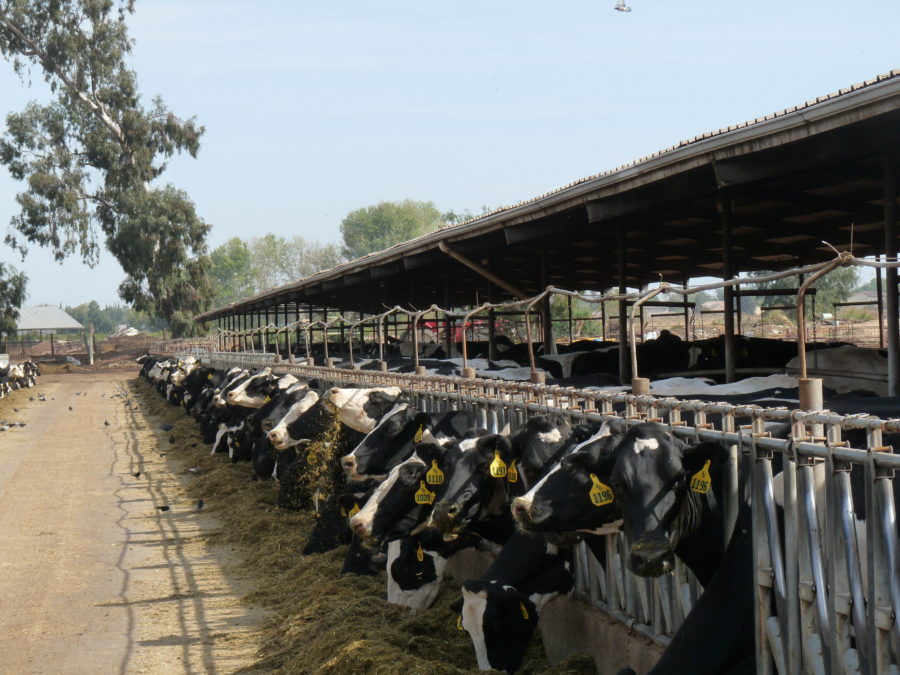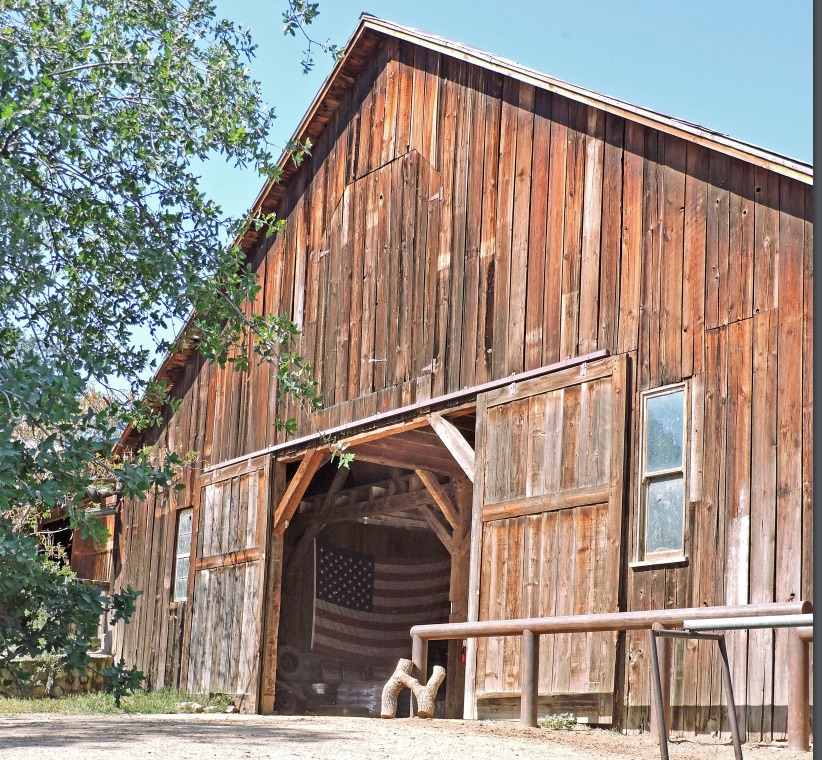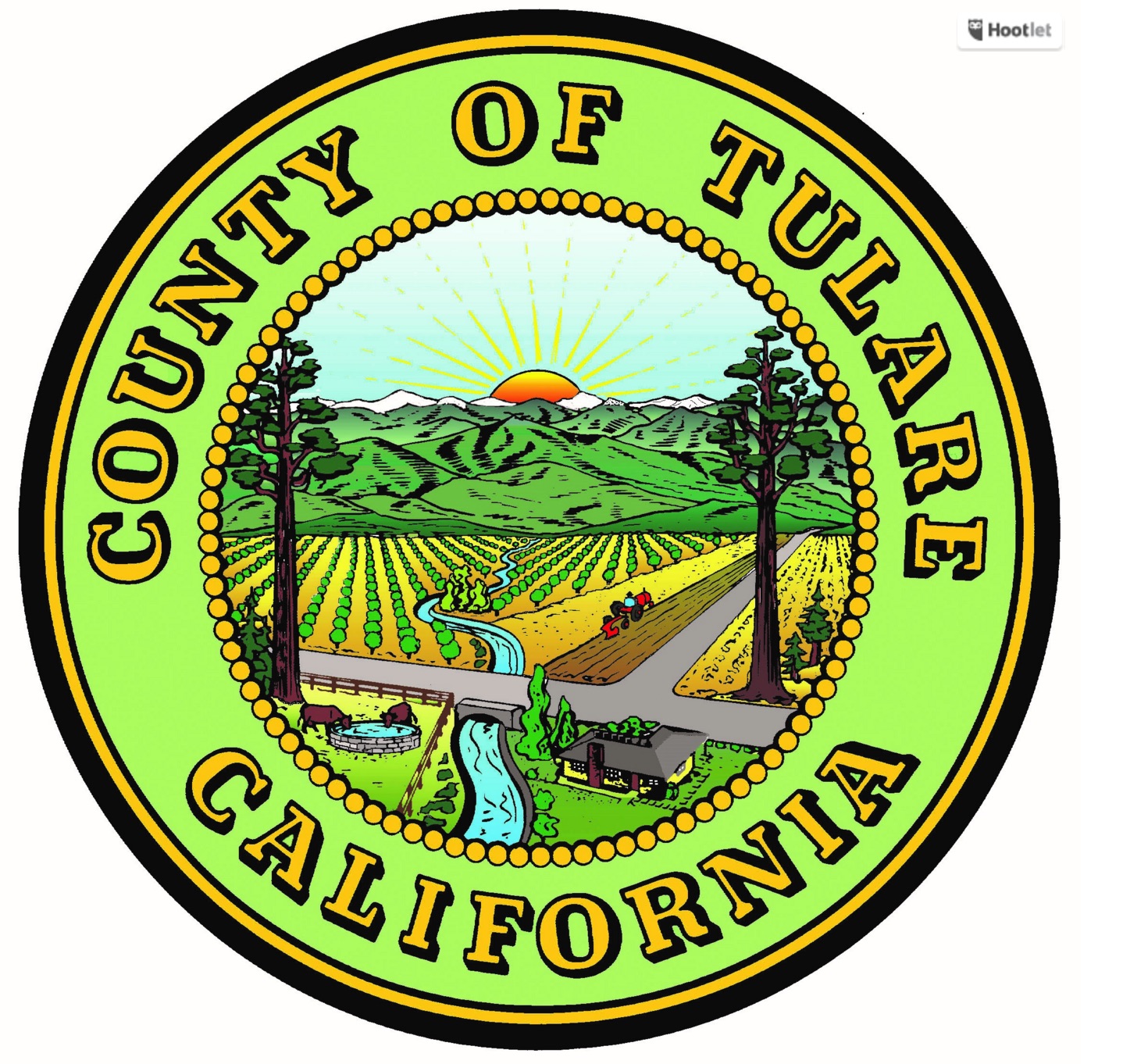Tulare Center Trains UC Davis School of Veterinary Medicine Students
UC Vet Students Learn About Livestock Animals in Tulare
By Patrick Cavanaugh, Editor
VMRTC is the Veterinarian Medicine Training and Research Center located in Tulare. The facility is an extension of the UC Davis School of Veterinary Medicine. The site offers education and training to veterinarians by offering senior veterinary students and residents on-the-farm clinical medical training and residencies in dairy production medicine.
Nathan Brown, a UC Davis veterinary student, is working on practicals in and out of a hospital setting.
“We do rotations in the hospital and outside of the hospital. We have a teaching center and, in addition, we have our California Animal Health and Safety Laboratory System (CAHFS), which is involved with diagnosing foreign animal diseases,” Brown said. “That is sort of the main mission.”
“In the mornings, we do herd checks, we go out to different dairies. We palpate cows for diagnosis of pregnancy, and we’re under the supervision of some of the veterinarians that work at our center,” Brown explained. “In the afternoons, we work on a variety of different projects. One of the projects that we’re working on currently is milking frequency. We are looking at different variables that go into whether or not it’s profitable to move from either two to three times a day or three times a day to two times a day.”
Brown said that the students at the Tulare center are doing their livestock track through UC Davis. “We’re all in our fourth year. It’s been a wonderful experience. Tulare is a great place, and it’s good to see a different part of California.”
Students studying at the center decide which direction they will take regarding animal type or other medical pursuits.
“After our second year, we make a decision about whether we do small animals or large animals,” Brown said. “Some people do equines, other focus on zoo animals—there is a variety of options in our profession and that our school offers.
Brown is pursuing livestock medicine, but he has a commitment to the Air Force to do public health epidemiology for them.
Army veterinarians do clinical medicine for animals on the base. They focus on German shepherd dogs and horses, and they also do some food safety.
“As as a veterinarian in the Air Force, it’s essentially veterinary public health, and my role will be epidemiology on a base, so that’s actually more human focus, and food safety,” Brown said.
“If you kind of think about the historical roots of veterinary medicine, much of the role of veterinarians has been ensuring that food is safe for humans to consume, meaning that the animals are healthy before they get ready for human consumption,” Brown explained. “We must ensure that there’s no points of contamination so that all the food that people eat in this country is healthy and nutritious, and we don’t have to worry about disease.”
Most bases have a veterinary clinic, primarily staffed with army veterinarians.
“My hope is to do some amount of clinical practice at these clinics to sort of keep my veterinary skills relevant. And I’ve had some good advice from some epidemiologists who works at the CDC,” Brown said. “He told me that at least for him, it’s made him a better epidemiologist by keeping his clinical skills relevant because thinking about that differential diagnosis is really a big part of trying to find the cause of a disease.”















 “This is a major event, a significant milestone in terms of the process to get Temperance Flat Dam built.” Santoyo said. “In essence, it is a partnership between the new joint powers of authority and the U.S. Bureau of Reclamation, and, more specifically, their study team who worked on the technical studies and the feasibility reports for Temperance Flat.”
“This is a major event, a significant milestone in terms of the process to get Temperance Flat Dam built.” Santoyo said. “In essence, it is a partnership between the new joint powers of authority and the U.S. Bureau of Reclamation, and, more specifically, their study team who worked on the technical studies and the feasibility reports for Temperance Flat.”









